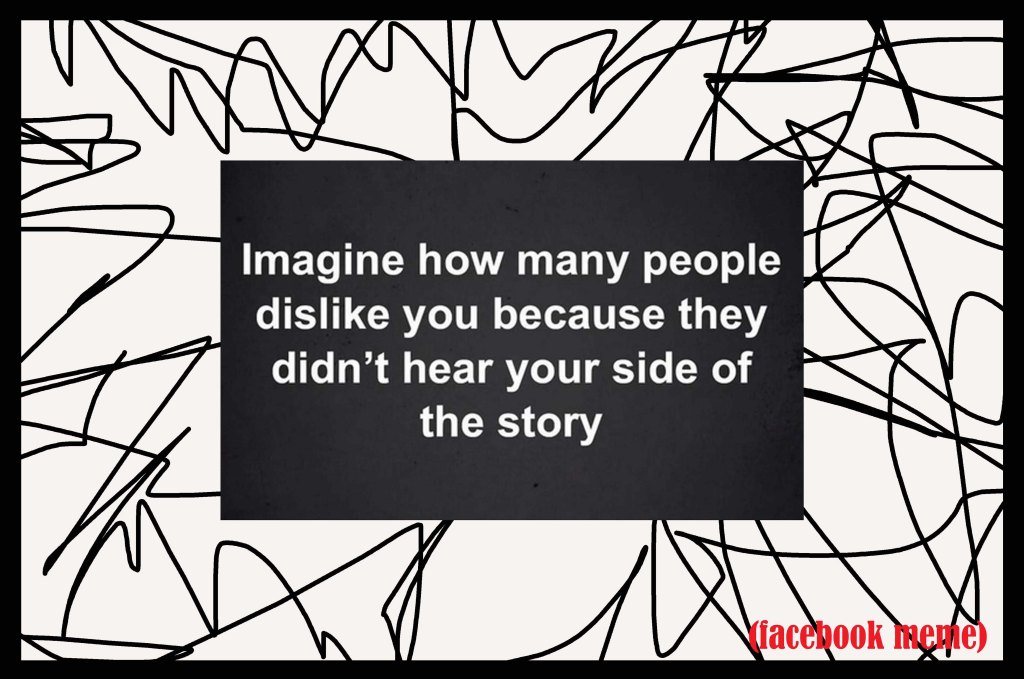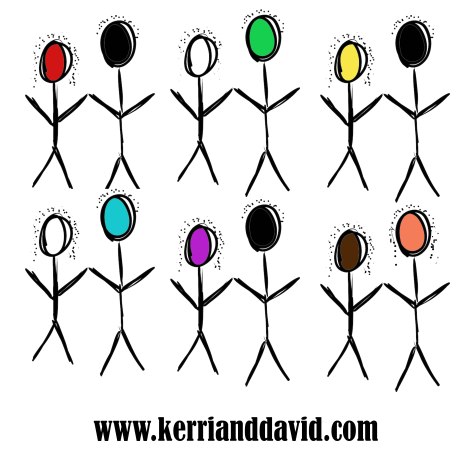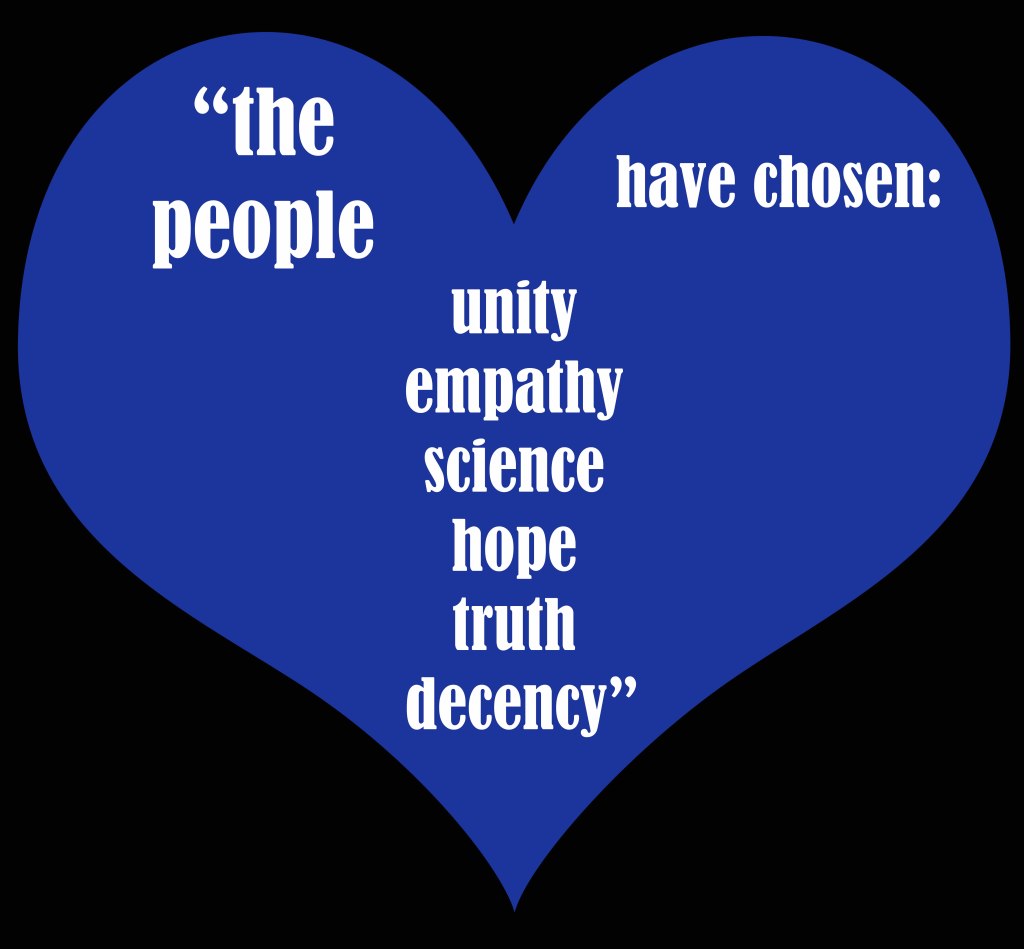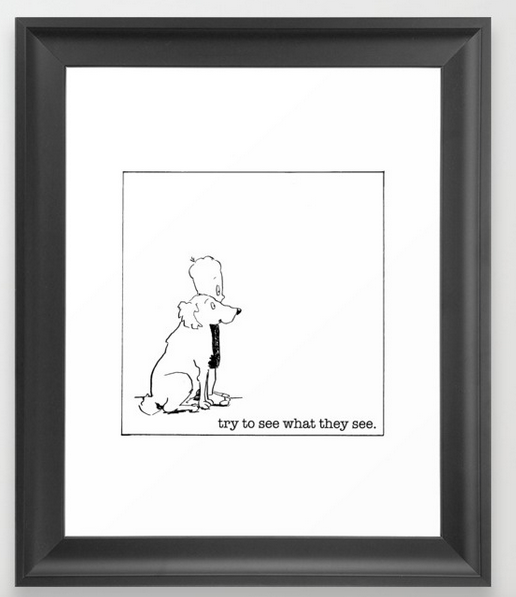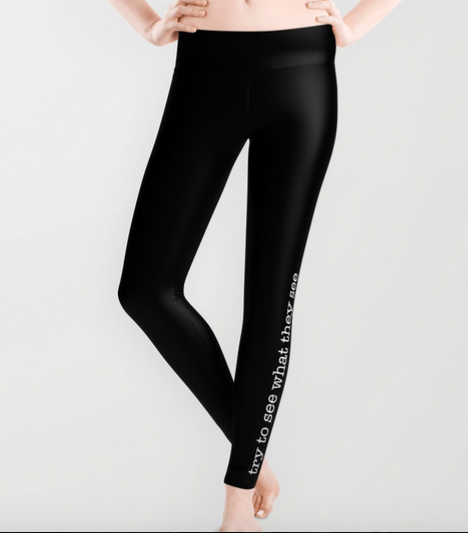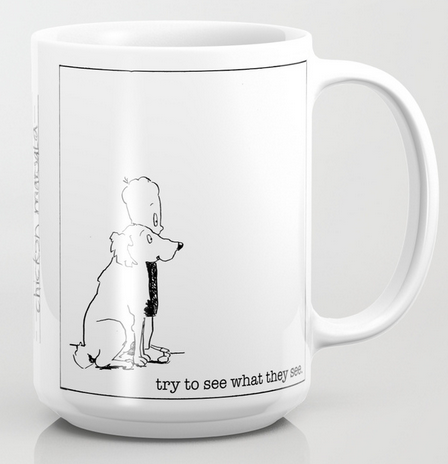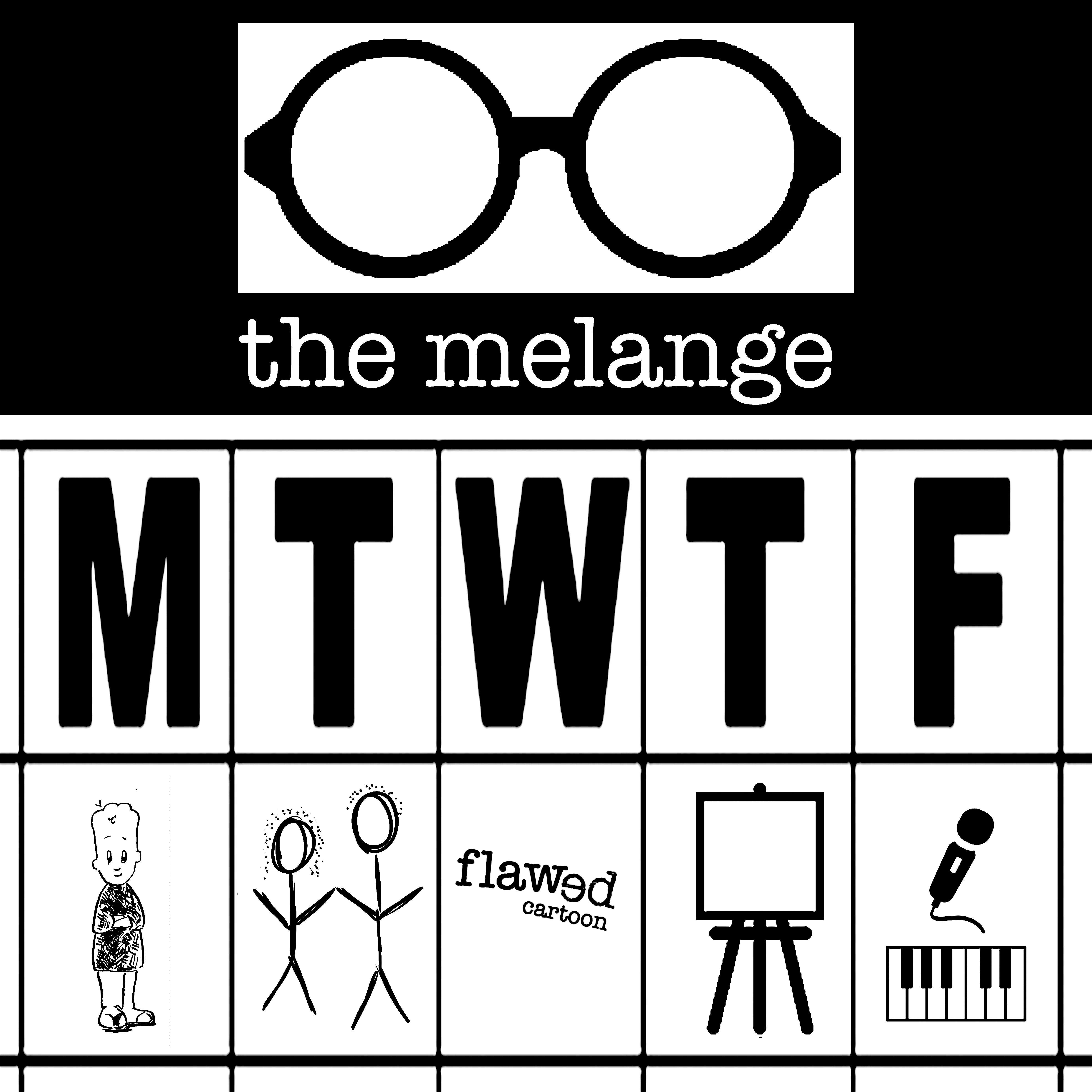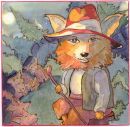“Dangerously soft-hearted. Derogatory. Informal.” Thus, the great book of words begins its definition of Bleeding heart. It’s no wonder we’re value-confused. Poke around the word “compassionate” and you’ll find a string of synonyms that are soft-hearted without the informal-derogatory in the mix: sympathetic, pitying, caring, understanding, empathetic…
Qualities to be admired.
If I care for you, if I feel your pain, if I consider your feelings, if I make space for your grief, if I feel sadness for your suffering…am I dangerously-soft-hearted or caring? The associated verb that pops up again and again is “to feel”. The portal to standing in another person’s shoes is through feeling.
We caution our little tykes not to let their emotions cloud their judgments. It’s good advice when understood that emotion…feelings…are necessary to arrive at sound judgement. Mind and heart are indivisible dance partners. Separating the two is a recipe for psychosis. And meanness.
Does compassion cloud or clarify? In the Christian tradition a bleeding heart, the bleeding heart, is the spirit that nourishes. “The salvation of humanity.”
Empathy is an epicenter of artistry. Love is a word of the heart, soft or otherwise.
It’s quite a mix of meanings! I suppose that’s why the wise advice found in all wisdom traditions is to find the middle way. “Balance” as a Buddhist might recommend. “Get neutral” as divemaster Terry instructed. Parcival; pierce the veil with the arrow aimed straight through the middle. There, the grail is found.
A bleeding heart is a plant, too. Beautiful and it always evokes a sweet sigh from Kerri. Life giving. Instant presence. Now, isn’t that an apt example of a spirit that nourishes? Try to find that in a dictionary!
FREEFALLIN’ IN LOVE © 2002 kerri sherwood, sisu music productions inc. (Note: this is not jazz, nor does rumblefish own any copyright or publishing rights to this song).
read Kerri’s blogpost about BLEEDING HEARTS
take a bow. lend a hand. like the post. share with a friend. send us a thought. support what we do. all are good. it’s all up to you.
Filed under: KS Friday, Language, Love, Metaphor | Tagged: artistry, balance, bleeding heart, caring, compassion, david robinson, davidrobinsoncreative.com, discernment, emotions, empathy, feelings, Kerri Sherwood, kerri sherwood itunes, kerrianddavid.com, kerrisherwood.com, love, middle way, presence, spirit, story, studio melange, sympathy, the melange, values | 1 Comment »









